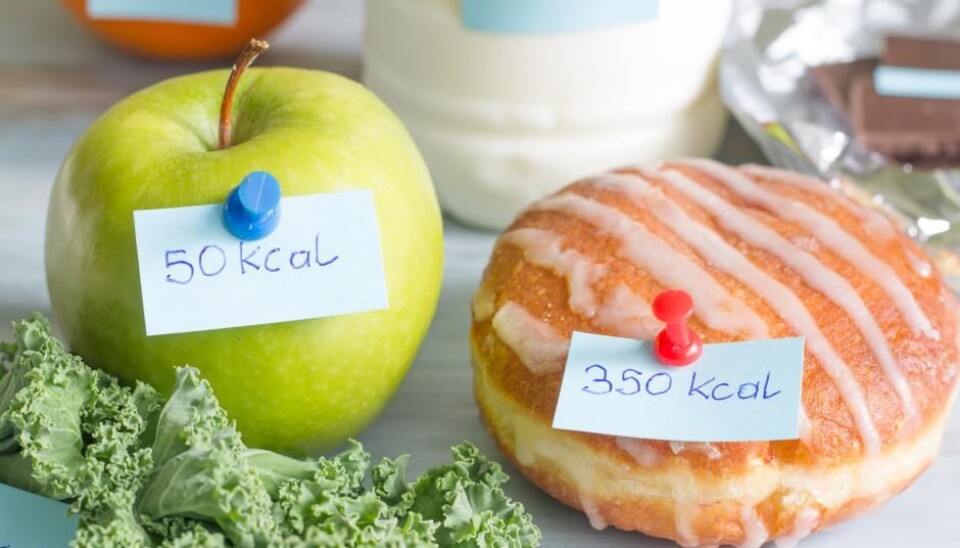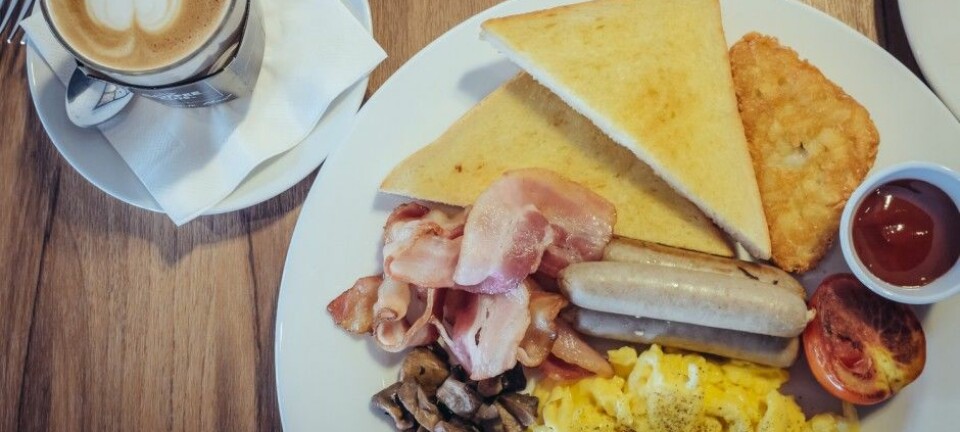
Calorie labels encourage us to order healthier meals
Labelling the calorie content of meals in restaurants is an effective tool for combating weight gain in the population, says the Danish Cancer Society.
We are more likely to order less calorific food if we can see the calorie content of each dish on the menu at the point of purchase.
This is the conclusion of a new report by the Danish Cancer Society, which reviewed 14 scientific studies published between 2014 and 2016.
Eleven of the studies revealed that including calorie information led to a significant reduction in calorie intake of between 31 to 440 kcal.
“We’re in a serious situation where more and more Danes are becoming overweight and this development must be reversed. The report shows that calorie labelling in restaurants is an important tool to fight increasing overweight and obesity,” says project leader Gitte Laub Hansen from the Danish Cancer Society.
The results follow a previous review and meta-analysis published in 2016, which reviewed studies published between 2012 and 2014.
“We wanted to see whether our conclusions were still valid, and they are. The new report strengthens the evidence that calorie labels help people order healthier food,” says Hansen.
Read More: 19th century undertaker introduced the world to dieting
We are becoming increasingly overweight
In Denmark, the proportion of overweight people has increased markedly in recent decades, especially among younger people and those with lower levels of education and income.
Almost half of the adult population is overweight—of which 14 per cent are obese.
The trend is concerning as being overweight is a risk factor for cancer.
“One of the reasons for increasing overweight and obesity is probably that Danes eat out and choose fast-food more often. The more you eat out, the more important it becomes to know what the dish contains,” says Hansen and emphasises that eating just ten kcal too many each day for a sustained period can lead to weight gain.
Read More: Nordic fare slims you as well as a Stone Age diet
Impossible to guess calorie content
But how does presenting calorie information steer us towards healthier choices?
“It probably works because you become aware of how many calories you’re consuming. It’s not so easy to work it out without labels. Even trained dieticians can’t guess how many calories there are in fast food,” says Hansen.
But it’s not enough to just provide calorie information. It should also appear alongside the recommended daily calorie intake in order to have the desired effect, shows the report.
Read More: More calories burned with one large meal instead of several small ones
Scientists: we need more evidence
The report furthers an interesting discussion on the efficacy of food labelling, according to senior scientist Anne Dahl Lassen from the National Food Institute at the Technical University of Denmark, who was not involved in the study.
“It’s used in many contexts to inform consumers and it can influence what we buy,” she says.
However, more research is needed to identify the effect of calorie labelling, she says.
“The Danish Cancer Society’s review of the research focuses on cafeterias, canteens, restaurants, and fast food places, and in so-called real word studies and experimental studies among small children and adults. That makes it difficult to draw more general conclusions,” she says, and highlights a similar review from 2016, which showed less positive results.
“Only one in nine studies showed that calorie labelling in fast food restaurants had an overall positive effect on energy intake, while four studies showed a partial effect.”
----------------------
Read more in the Danish version of this story on Videnskab.dk
Translated by: Catherine Jex
Scientific links
- "Menu labelling is effective in reducing energy ordered and consumed: a systematic review and meta-analysis of recent studies", Public Health Nutrition (2016): doi: 10.1017/S1368980015003468
- "Preventing weight gain with calorie-labeling", Obesity (2014), doi: 10.1002/oby.20885
- "Influence of menu labeling on food choices in real-life settings: a systematic review", Nutrition Reviews (2016), doi: 10.1093/nutrit/nuw013









